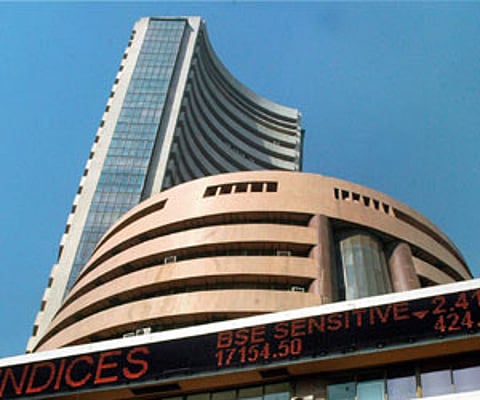

NEW DELHI: Initial public offers (IPOs) are the buzz of the season as more and more companies line up to sell shares to the public. Only last week, five companies ended the subscription of their IPOs. The response to these IPOs was mind-boggling as they together received subscription requests of around Rs 2.6 lakh crore. Mind you, these five companies have plans to raise just Rs 7,400 crore.
Analyst says the latest frenzy among investors to own these IPOs could be led by attractive valuations at which these companies are offering their shares to the public. The investors might also be conscious of the fact that 2023 has been a good year so far for IPO investment. Of 43 IPOs listed so far on the mainboard of exchanges in 2023, 20 of them have closed the list day with over 20% gain. Only six have given less than 10% return on listing day and only seven ended the listing day below the issue price of the IPO. With such a high probability of listing gains, the IPO frenzy is anything but surprising.
Exit strategy in case of bumper listing
However, all retail investors investing in IPOs must have their exit plan as well. Not all the IPOs, which give blockbuster gains on the listing day, manage to hold on to those gains in the short and medium run. An exit plan becomes all the more important for those who get stuck with massive listing losses.
Investment experts say that public equity is always going to be mispriced -- either low or high. A low mispricing is a buy opportunity, a high one a sell. But far more important is an individual’s return expectation and risk appetite.
So, what should one do if the IPO has been listed with a bumper gain?
“It depends entirely on the investment objective of the investor, and her assessment or future value. If the stock has peaked and has no return left to offer, she might as well withdraw the capital and reinvest. But if she’s happy to hold and the stock has ways to go, doing nothing might be more valuable than doing something for the sake of doing it,” says Utkarsh Sinha, managing director of Bexley Advisors, a boutique investment bank firm. Price performance data of IPOs listed in 2023 shows many of them shed the gains made on the listing day.
For example, Ideaforge Technology, closed to listing day at Rs 1,295.5, almost 100% gain over the issue price of Rs 672. However, over the next four months, the stock shed most of the gains, and is now trading at Rs 773, just 15% over the issue price. While examples of such sharp corrections after a bumper listing might be few and far between, but investors should know why they are investing in an IPO. If they are there for only listing gain, they should book profit and look for other better IPOs to invest in. According to Mahavir Lunawat, managing director, Pantomath Capital Advisors Pvt. Ltd, reduced timeline for listing of IPOs means that investor money would be blocked for a shorter duration of time. “Investors now have the opportunity for early credit and liquidity for their investment, which enable investors to analyse and participate in more IPOs,” he says.
Exit strategy in case of subdued listing
While investing in IPOs, one should always have in mind the kind of listing loss one is ready to take. Quite likely the IPO in which you invested is listed at a discount to the issue price. But if you have conviction that the company, the business model and the management is good, and you see upside in the future, stick to your investment. However, if price continues to fall after listing, and breaches your stop loss target (if any), do not shy away from exiting. “The biggest mistake retail investors make is of being reactive to market sentiment. They buy when the stock is high and sell when it’s low, driven by greed or panic. Avoid that and revert to basics and analysis,” says Utkarsh Sinha of Bexley Advisors.